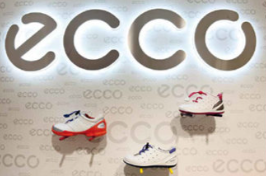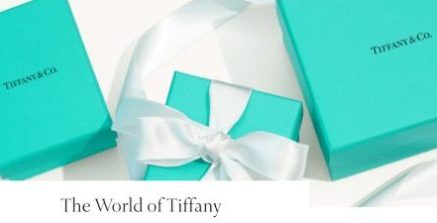Fashion is no longer confined to a single body type. Today’s style landscape is evolving, with designers finally responding to the demand for beautifully crafted clothing that fits and flatters women of all sizes. The rise of plus size fashion isn’t just a trend—it’s a correction long overdue. For decades, the fashion industry largely ignored the realities of most women’s bodies. But in recent years, a wave of designers and brands have emerged to challenge outdated ideals, creating collections that prioritize fit, function, and aesthetic appeal for curvier silhouettes. These pioneers are not simply upsizing patterns; they are rethinking design from the ground up to honor diverse body shapes and sizes.
Designers like Christian Siriano, Universal Standard, and Mara Hoffman are leading the charge, alongside dedicated plus-size brands such as Eloquii, Torrid, and 11 Honoré. Their garments celebrate curves without compromise—emphasizing strong tailoring, quality materials, and silhouettes that radiate confidence. The image accompanying this piece speaks volumes. It showcases a powerful cross-section of real women—varied in age, background, and body type—united in style. Each figure radiates strength and poise, reminding us that beauty is not defined by size but by how one wears their essence. Inclusivity in fashion is not charity—it’s design intelligence. It’s time every woman, regardless of size, sees herself reflected not just in ads, but in the very structure of fashion itself.
This commitment to inclusivity has not gone unnoticed on the global stage. Major fashion weeks—once dominated by a narrow aesthetic—are now embracing body diversity with intentionality. From New York to Paris, Milan to London, runway lineups have increasingly featured plus-size and petite models alongside the traditional sample-sized mold. These aren’t token gestures—they represent a recalibration of what is considered aspirational in fashion. In 2024 alone, brands like Fendi, Balmain, and Collina Strada cast models of varying sizes, sending a strong message that fashion must be representative of the society it serves. The inclusion of curvier bodies is not about sensationalism; it’s about normalization. Women of all proportions now see themselves reflected in collections that are both editorially sharp and commercially viable.
Beyond the runway, mainstream fashion campaigns have become more dimensional. Retailers are adopting extended sizing as standard practice, and e-commerce platforms are displaying products on a wider range of body types. This shift empowers customers to make informed choices and feel seen in the process. Technology, too, is playing its part—virtual fitting rooms and AI-driven customization are helping designers ensure clothes fit real bodies in real life. The inclusive fashion movement isn’t about compromise—it’s about completeness. When designers factor in the full spectrum of body shapes, they elevate both the art and the utility of their work. It’s no longer acceptable for beauty to be defined by exclusion. Today, the definition of style is measured by its ability to embrace everyone, and that is a standard worth celebrating.



